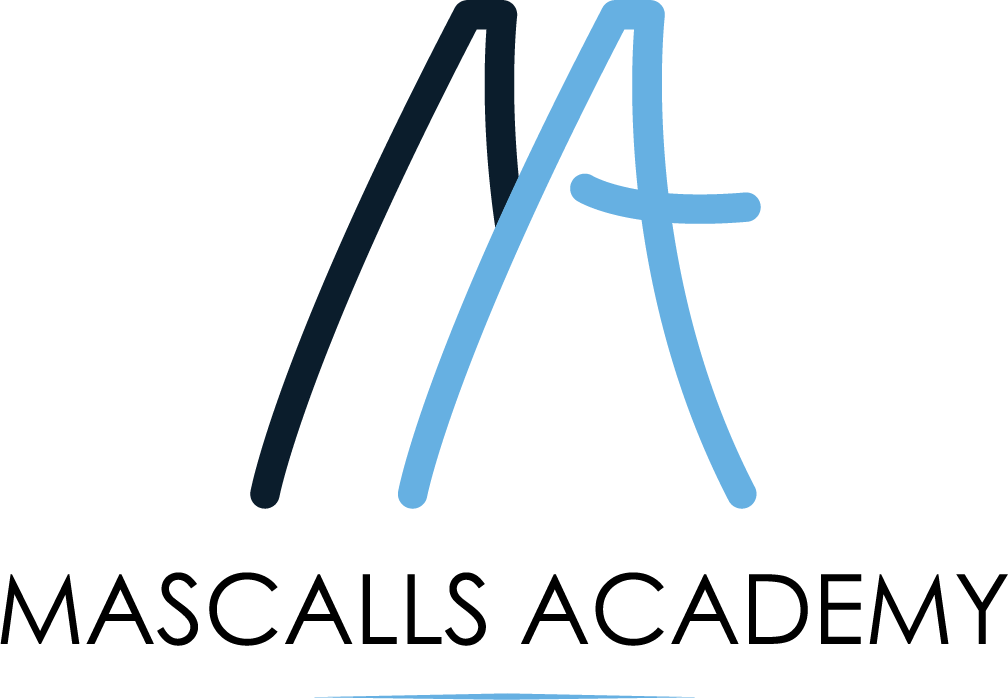The first year of the course develops skills learned in GCSE and introduces several new areas such as circle geometry, further equations and surds. New ways of calculating y=mx+c will be explored, alongside equations of circles and their tangents. Differentiation and integration studies commence too.
Students will then progress onto radian measure and exponential growth and decay. Revision of transformation of graphs from GCSE will be looked into alongside binomial expansions, trigonometric identities and areas under graphs.
The statistics element explores the application of statistical procedures to solving everyday problems. Students will engage with topics such as correlation and regression, normal and binomial distributions, confidence interval, variance and standard deviation. The new A Level has a stronger emphasis on using a large data set to help demonstrate the statistical concepts covered in the specification.
During the mechanics element, students will explore the application of many different mathematical models to help them solve problems from within the mechanical world, linking in very well with some physics topics. The unit covers topics such as Newton’s laws of motion, kinematics and projectiles.


